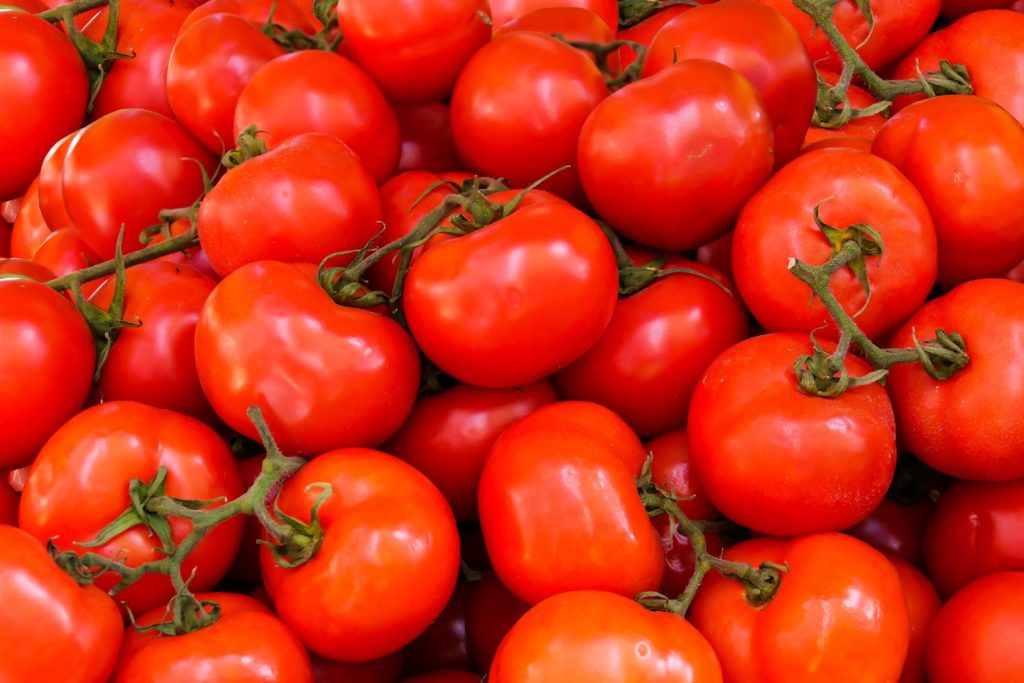Benefits of Having an Edible Backyard Garden
Making an edible backyard garden is essential if you love fresh food, vegetables or fruits. Simply put, your backyard is that space at the back of your house but within the perimeter of your property or the property you occupy. In many residential properties, the backyard hosts a back house or boys’ quarters, overhead water tank, borehole/underground water storage and septic tank. If there’s still space, it could contain an edible organic garden of flowers, vegetables, spices or herbs.
The Covid-19 pandemic taught us many lessons. One of such is the indispensability of food. As the disease raged globally, many businesses began to encourage their employees to work from remote locations. This was initiated to observe the physical distancing rule that helped reduce the spread of the virus. Schools, market places were shut down except for essential activities.
However, while people worked from home, many lacked food. The flowers grew beautifully but were not edible. The few vegetables, herbs and spices, on their own, couldn’t make a meal. The situation worsened when neighbourhood markets opened, but many had little or no money to buy food.
Therefore, the time has come for us to consider using our backyards to grow simple and essential edible garden plants.
Why should you have an edible backyard garden?
A small food garden in your backyard will contribute to your daily food needs. You would also enjoy the following:
1. Convenience: You only need to go to your backyard garden to pick different food items for your meals. Rather than driving across the town for groceries, you save time and energy.
2. Healthy Food: Food items right at the back of your house are guaranteed to be fresh, unlike the ones sold in the market. Often, vegetables in the market have been harvested for some time. Fresh foods cultivated in the backyards are, therefore, healthier for the family. They also taste better.
3. Reduced food expenses: Food items from an edible backyard garden are cheaper than those in the market. Family grocery expenses are reduced and everyone is happy.
4. Food safety: When you grow food at home, food contamination is the least of your worries. Unlike shop-bought food items, contamination could occur from the farms or processing facilities or even during transportation. With food from your garden, you have minimised such occurrence.
5. Preserve the environment: You can contribute to saving the earth from the adverse effects of climate change when you grow your food in your backyard. Most, if not all, backyard gardens don’t need harmful chemicals. As such, they don’t pollute the air and water sources. In addition, foods from backyard gardens don’t exert pressure on energy use. They’re neither transported from distant places nor with different logistics modes to consumers.

Activities for your Food Garden
Depending on the space in your home, your garden can supply your household with nearly all the non-staple foods you need. Livestock, fruits, vegetables, legumes, nuts and root crops, as well as spices and herbs.
You can also sell food items from your edible backyard garden to your family, friends and neighbours. The proceeds from sales can contribute substantially to your family’s income to buy other goods and services.
Before having a food garden, make an assessment of the space available as well as your family’s needs. You can cultivate crops and raise livestock with materials such as wire cages, tubs, plastic buckets, old tyres, grow bags and sacks. You can also make use of walls to hang your plants.
Suitable crops for your organic edible garden include:
Cassava, cocoyam, potato, yam, plantain, banana, maize, beans, peas. Leafy vegetables– fluted pumpkin, waterleaf, lettuce, bitter leaf, cabbage, jute mallow (ewedu), Lagos spinach (shoko), garden eggs and mushrooms. Fruit vegetables -okro, peppers, tomatoes, cucumber, squash and eggplant. Root vegetables– carrots, beetroot and onions. Herbs– mint, curry leaf, scent leaf (efirin), parsley, celery and lemon grass. Small fruit trees– dwarf citruses, pawpaw, coconut, mango, guava, banana, soursop and avocado.
Your backyard can be integrated with livestock like rabbits, grass cutters, poultry, fish and snail.

Setting up a Successful Edible Backyard Garden: Tips and Tricks
1. Ensure that you have good soil. If you intend to go soilless, get good quality materials. For the livestock, ensure a suitable area for their comfort and nurturing.
2. Obtain species that are hybrid, with good yield and are disease-resistant. Ensure that you are knowledgeable about their care.
3. As much as possible, keep your garden free of pests and unwanted insects.
4. Ensure that water is available in your garden. Plants and livestock need water for survival and growth. Ensure that the receptacle used to serve your livestock with water is appropriately secured to manage your water resources. This will save them from spilling the water. It is also essential to cover the soil around your plants with leaves, grass, and manure to conserve moisture. Remove weeds regularly.
5. Ensure that the plants have access to sunlight and rain. Similarly, the cages of your livestock must be well-shaded from harsh sunlight and rain.
Conclusion
The information above is based on the premise that the house residents have full use of their backyard. Residents in apartments can also grow crops and raise livestock on their decks, balconies, walls and window boxes.
Besides getting fresh, nutritious and safe food from your backyard garden, you get a special satisfaction growing food for your meals and family. There’s this sense of pride and accomplishment. Depending on where you live, you can be an inspiration to many others. In times of crisis, you are safe at home; can work from home and more importantly, have good food at home.


